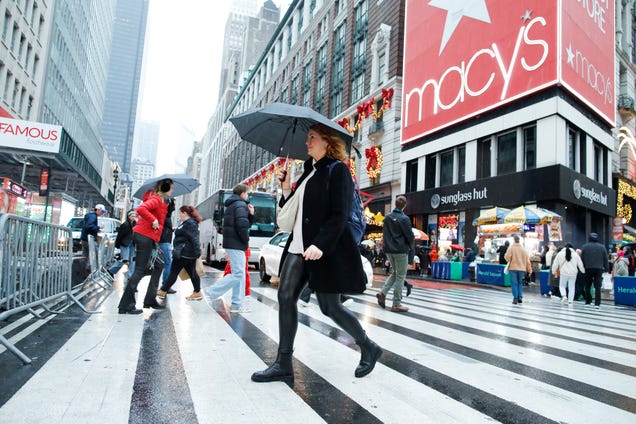U.S. holiday sales could reach $989 billion despite economic uncertainty

U.S. shoppers cherish the holidays, and despite economic challenges such as a contentious presidential election, persistent inflation, and severe weather disruption, families are still expected to splurge on gifts this season.
Suggested Reading
AI investing will take trillions from other funds, CEO says
Suggested Reading
On Tuesday, the National Retail Federation (NRF) announced that holiday sales are projected to rise between 2.5% and 3.5% when compared to last year, potentially reaching up to $989 billion. While this marks a slight slowdown from the 3.9% growth seen in 2023, it aligns with the 3.7% annual increase typical of the pre-pandemic era.
“The economy remains fundamentally healthy and continues to maintain momentum heading into the final months of the year,” said NRF CEO Matthew Shay. He noted that spending will be fueled by a strong job market and rising wages.
E-commerce is anticipated to lead retail growth once again, with expected increases of 8% to 9%, totaling around $295 billion to $298 billion. This growth underscores the continued shift in consumer shopping habits towards online platforms.
As retailers prepare for heightened holiday demand, NRF expects companies will hire between 400,000 and 500,000 seasonal workers this year, with some starting in October for early buying events. This year’s hiring estimate is slightly lower than last year’s total of 509,000 seasonal hires.
Notably, this year’s shopping period between Thanksgiving and Christmas will be shorter, lasting just 26 days. The NRF defines the holiday season as sales occurring from November 1 to December 31, excluding purchases from auto dealers, gas stations, and restaurants.
Factors such as the economic impacts of Hurricanes Helen and Milton, along with a looming 2024 U.S. presidential election, could also influence consumer spending, though their precise effects remain difficult to gauge.
Jack Kleinhenz, NRF’s chief economist, expressed optimism about the pace of economic activity in the second half of the year. While household finances appear to be in “good shape,” he noted that the group forecasts that Americans “will spend more cautiously” this holiday season.


